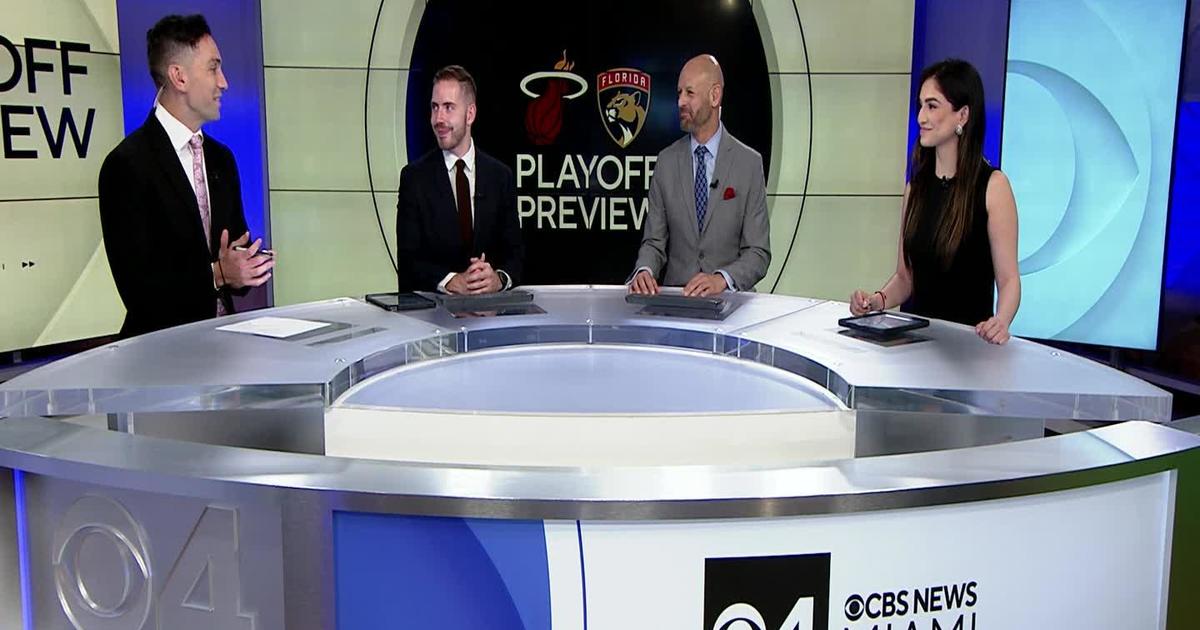NASA's Capsule Of The Future Prepped For Testing
CAPE CANAVERAL (CBSMiami/AP) - NASA'S next generation of spacecraft is almost ready to begin its out of the world tests.
The capsule, named Orion, is in the final stages of being prepped for its first mission a little less than three months from now.
On Wednesday, the capsule slowly made its way to its fueling depot at Cape Canaveral atop a 36-wheel platform. The capsule, its attached service module and adapter ring stretched 40 feet high.
Orion signifies the hope that humans will once again return to outer space, since NASA retired their space shuttle program.
"Isn't this awesome," said Kennedy's director, Robert Cabana, a former space shuttle commander. "This is our step to the future, the exploration of establishing a presence in the solar system."
On December 4th the capsule will be catapulted into space for its 4 and half hour test flight. The unmanned machine will fly more than 3,600 miles into space and take two laps around Earth, before re-entering the atmosphere at 20,000 mph and parachuting into the Pacific off the San Diego coast.
The second Orion flight won't occur until around 2018 when another unmanned capsule soars atop NASA's new megarocket, still under development, called SLS for Space Launch System.
In 2021, NASA intends to put astronauts aboard Orion for deep space exploration; each capsule can accommodate up to four.
The plan is to use Orion for getting humans to asteroids and Mars — no space station ferry trips for Orion. A handful of private U.S. companies are competing for these short taxi flights; NASA expects in the next week or so to pick one or two candidates for funding.
While Orion may resemble an oversize Apollo capsule on the outside, everything inside and out is modern and top-of-the-line, officials noted Thursday. "I'm as excited as can be," said NASA's Orion production operations manager, Scott Wilson.
For Orion's dry run, the Lockheed Martin Corp.-built capsule will have hunks of aluminum in place of seats for ballast, and simulators instead of actual cockpit displays. A Delta IV rocket will do the heavy lifting.
When asked by a reporter, Cabana said he wishes Orion's flight pace was quicker.
"But it is what it is," he said. "Given the budget that we have, I think we've got the best program that you could imagine."
Orion has its roots in the post-Columbia shuttle era; it originated a decade ago as a crew exploration vehicle to get astronauts beyond low Earth orbit and managed to survive the cancellation of the Constellation moon project.
(TM and © Copyright 2014 CBS Radio Inc. and its relevant subsidiaries. CBS RADIO and EYE Logo TM and Copyright 2014 CBS Broadcasting Inc. Used under license. All Rights Reserved. This material may not be published, broadcast, rewritten, or redistributed. The Associated Press contributed to this report.)
RELATED CONTENT:



